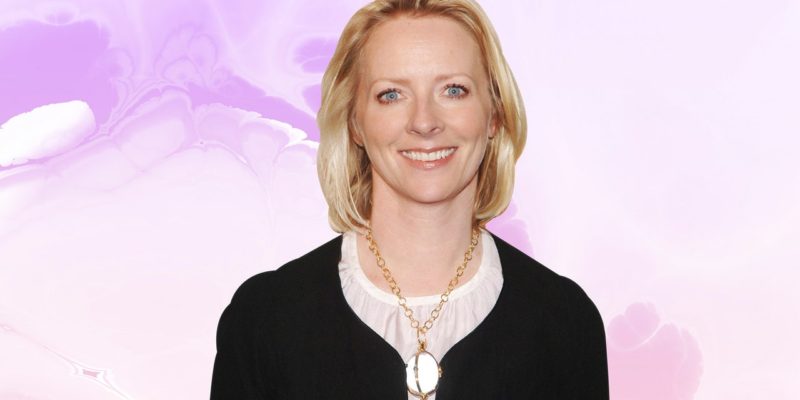
That happened a lot at Allure too. We lost advertising. And [then Condé Nast chairman] Si Newhouse, who was such a huge supporter through the whole birth and establishment of Allure, was just like, “You show those advertisers that you’re independent and you’re making these decisions.” And the advertisers always came back.
Allure: Who brought you in to edit Allure?
Wells: Alex Liberman [then Condé Nast editorial director] wanted to have lunch at La Grenouille, which was like, “Oh, okay. Why don’t we just take out an ad in the Times?” I was like, “Maybe we should just have lunch at an office somewhere?” When I got to Alex’s office, Si [Newhouse] was there too. They just said something so simple: “We want to start a beauty magazine. Will you be the editor?” I said, “I have to think about it,” because I just couldn’t even imagine. My only request of them was that, if it’s going to be journalistic, we have to be free of advertising constraints. We have to be able to really question what the advertisers are doing and saying. And they said absolutely fine.
I wanted to use beauty as a way of examining our culture, to think about beauty as more than something superficial, to think about the emotional aspect of beauty. I wanted there to be a kind of literary quality too. So we got these amazing writers. It was such a kind of kid’s fantasy. I mean, also we had a nice batch of money to spend on these things. It was the ’90s. We could get almost anybody to write for us. I’d read something I liked and we’d call the writer. We had Edna O’Brien, Jhumpa Lahiri, Mary Karr, Dorothy Allison, Edwidge Danticat, Arthur Miller. Frank McCourt, who wrote Angela’s Ashes — I read it in galley, and I was like, “We’ve got to get him to write for us.” We went out for a three-hour lunch, gave him a whole bunch of products for his wife, and that was it.
Mary Turner, an editor at Allure, and I wanted John Updike to write for the magazine, and we’d send him letters, actual letters in the mail, with story ideas. He always wrote us back with a typed note, on these pre-stamped cards that you’d buy at the post office, saying in polite but slightly humiliating ways, no. Mary and I would cringe for a moment and move on. One day, I read somewhere that he had psoriasis and treated it by spending hours in the sun. So Mary wrote to him and asked if he’d write a piece about it. Weeks later, a manila envelope arrived with a manuscript. We had no contract, we hadn’t given him a fee. It just showed up at the office like a present. We called the piece “The Prodigal Sun.”